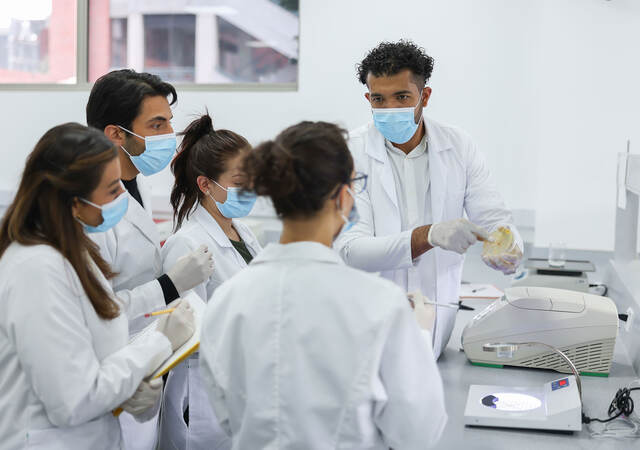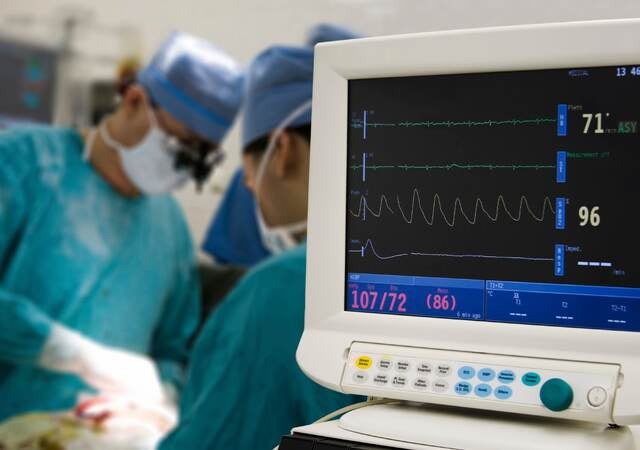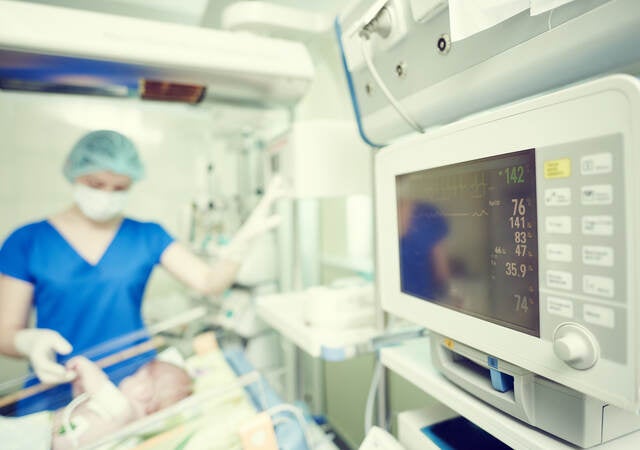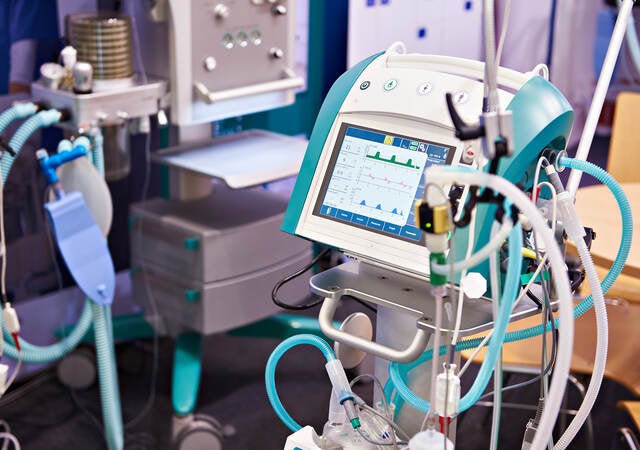June 28, 2021
The US Food and Drug Administration (FDA) published a draft guidance document, Remanufacturing of Medical Devices, on June 21. Issued jointly by the Center for Devices and Radiological Health (CDRH) and the Center for Biologics Evaluation and Research (CBER), the guidance attempts to provide clarity on the difference between servicing and remanufacturing a medical device. Servicing medical devices covers a broad range of activities necessary for maintaining or repairing products to support their continued safe and effective functioning. Remanufacturing, on the other hand, involves a significant change to a device’s intended use or its safety or performance specifications, which carries implications for its regulatory status.
Starting in 2016, the FDA began conducting a thorough examination of whether servicing conducted by original equipment manufacturers (OEMs) or third-party entities posed a risk that warranted the introduction of additional regulations. A 2018 report based on the agency’s findings concluded that servicing did not in fact pose a widespread public health risk, arguing that most reports of adverse events relating to servicing actually represented misidentified instances of remanufacturing. The report did call for action in several areas, one of which was clearly defining the difference between servicing and remanufacturing.
Recommended practices for distinguishing between servicing and remanufacturing
In keeping with that mandate, the new FDA draft guidance explains the agency’s definition of both servicing and remanufacturing. It proceeds to provide a recommended list of steps that OEMs and other organizations should use to decide whether an activity or set of activities intended as servicing actually falls under the definition of remanufacturing. These are as follows:
- Assess whether it effects a change to the device’s intended use
- Determine whether it significantly impacts the safety or performance specifications of the finished device, either individually or (in the case of multiple activities) cumulatively
- Evaluate whether it causes changes to a device that require a new marketing submission
- Assess the dimension and performance specifications of the component, part, or material being worked on, comparing them to OEM-provided specifications and performing verification and validation testing if necessary
- Perform a risk-based assessment centered on compliance with ISO 14971
- Document the rationale behind a decision, including references to supporting verification and validation data
The FDA notes that it generally considers a change to a medical device’s sterilization methods, reprocessing instructions, control mechanism, operating principles, or energy type to significantly affect its performance or safety specifications.
Differing guidelines for physical devices and software products
The guidance proceeds to provide a flowchart for determining whether a given activity constitutes remanufacturing, along with a detailed explanation of each node in the chart. However, it states that this tool should not be used for decisions involving software as a medical device (SaMD) products.
“Many software changes are likely remanufacturing because of their impact on a product’s software architecture, software requirements specifications, unresolved anomalies, and other key characteristics,” the FDA explains. It further notes that traditional statistical methods used for risk assessment are unable to identify the likelihood of a software failure. Therefore, it should be assumed that most changes are to be considered remanufacturing. The agency does provide a list of software-related activities that it considers in most cases to be servicing, including:
- Installing OEM-provided updates
- Running diagnostics
- Virus checking and other cybersecurity activities
- Reinstalling software to improve performance
- Toggling connectivity features (e.g., Wi-Fi and Bluetooth)
- Performing data backup and recovery
- Managing user accounts
Labeling considerations and examples of servicing vs. remanufacturing
In a concluding section, the FDA provides recommendations for labeling. It advises OEMs to include servicing instructions with medical devices so that remanufacturing does not occur accidentally.
An appendix to the guidance document contains examples of activities performed on different medical devices (both physical devices and software), along with explanations of why the FDA does or does not consider each activity to be remanufacturing.
The FDA is seeking public feedback on this draft guidance and will accept submissions until August 23, 2021.
More information about US FDA medical device regulations from Emergo by UL:
- FDA 510(k) premarket notification consulting for medical device and IVD companies
- FDA medical device classification consulting
Request information from our specialists
Thanks for your interest in our products and services. Let's collect some information so we can connect you with the right person.









